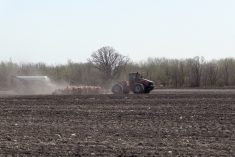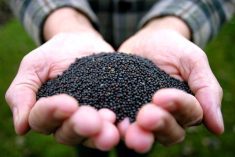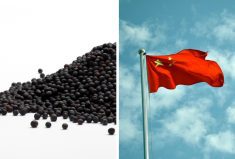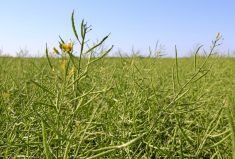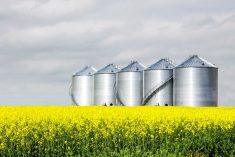Winnipeg | Reuters –– Rain looks to splash parched farms on Western Canada’s Prairies over the next week as concerns mount that soil is too dry for canola to grow normally.
Offsetting the concern somewhat is the region’s brisk pace of planting, which may wrap up by the weekend.
The southern Prairies will be lucky to receive 1/2 an inch to one inch of rain this week, said Bruce Burnett, weather and crop specialist at grain handler CWB.
“We certainly do need it. Dryness is the most pressing problem right now.”
Read Also
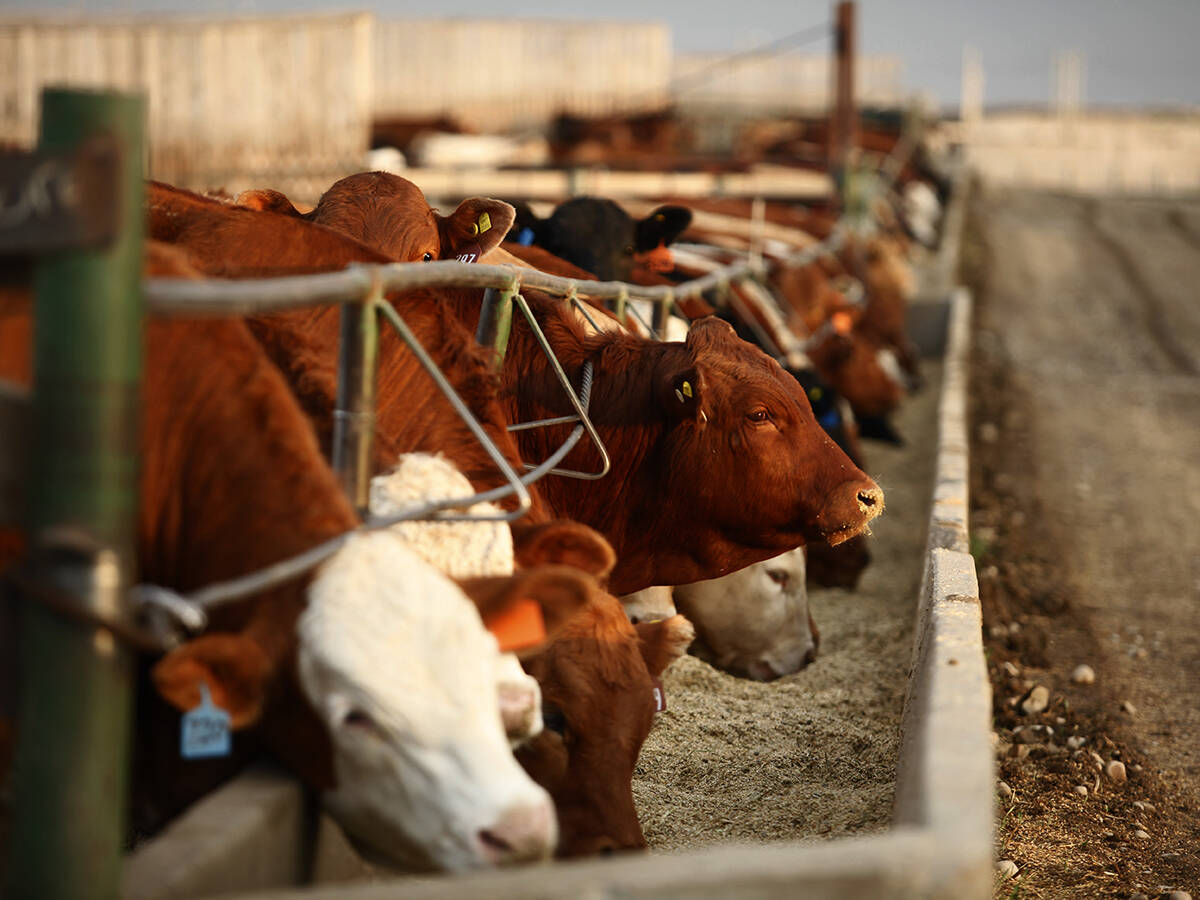
U.S. livestock: Cattle extend gains on improving cash prices, packer demand
Reuters — Chicago Mercantile Exchange live cattle futures set a three-week high and feeder cattle hit their highest level in…
Most of southern and central Alberta, especially on the eastern side of the province, along with western Saskatchewan, received less than 40 per cent of average precipitation in the past month, according to Agriculture and Agri-Food Canada.
Dry spring conditions combined with recent hot weather drained soil of much of its moisture, Burnett said. This is a bigger problem for canola, which farmers plant at a shallower depth, where soil is driest, than for cereal crops such as wheat and barley.
ICE Futures Canada’s new-crop November canola futures have gained six per cent since mid-April. Chicago November soybeans have lost five per cent over the same period, with the U.S. crop developing rapidly.
Canola is crushed to produce vegetable oil for foods such as margarine and salad dressings. Canada is the biggest exporter and producer.
Keith Gabert, an agronomy specialist at Innisfail, Alta. for the Canola Council of Canada, said dry conditions have not yet damaged yield prospects.
An inch of rain would help crops start growing in the driest areas, but more would be needed soon, he said.
“We need a good soaker of a rain to change the scenario.”
Dry conditions can be fixed quickly, and June is typically a wet month. Manitoba was dry, but heavy rain around mid-May left some areas slightly too wet, Burnett said.
Gail Martell, meteorologist at Wisconsin-based Martell Crop Projections, said southern and central Alberta are likely to see 3/4 to 1-1/2 inches of rain by Monday, which would be “highly beneficial.”
Even so, the El Nino weather phenomenon suggests that dry conditions could dog the Prairies through much of the summer.
“More often than not there are dry summer growing conditions with the El Nino” on the Prairies, she said.
Burnett estimated that 93 per cent of Western Canada’s seeding is complete, compared with the norm of 75 per cent.
— Rod Nickel is a Reuters correspondent covering the agriculture and mining sectors from Winnipeg.



